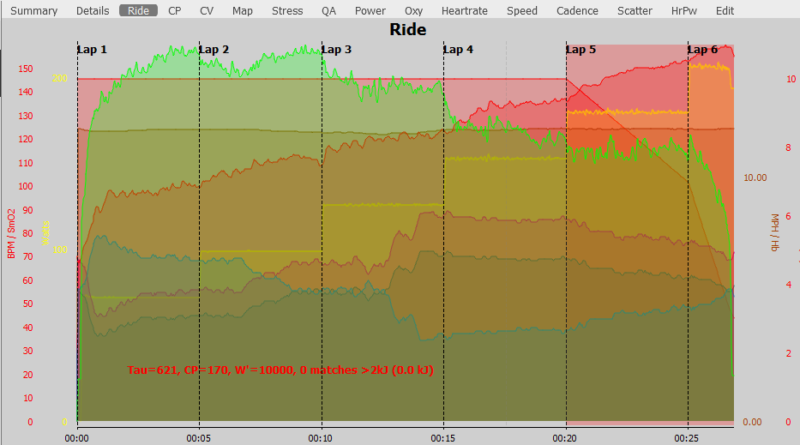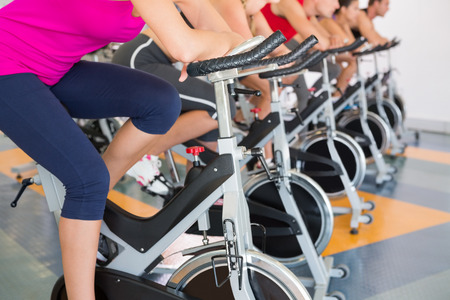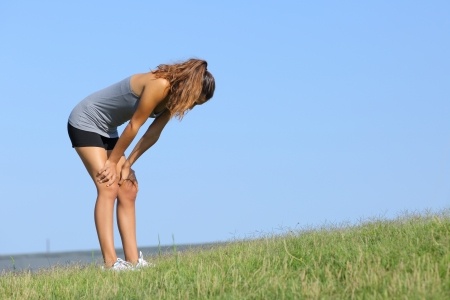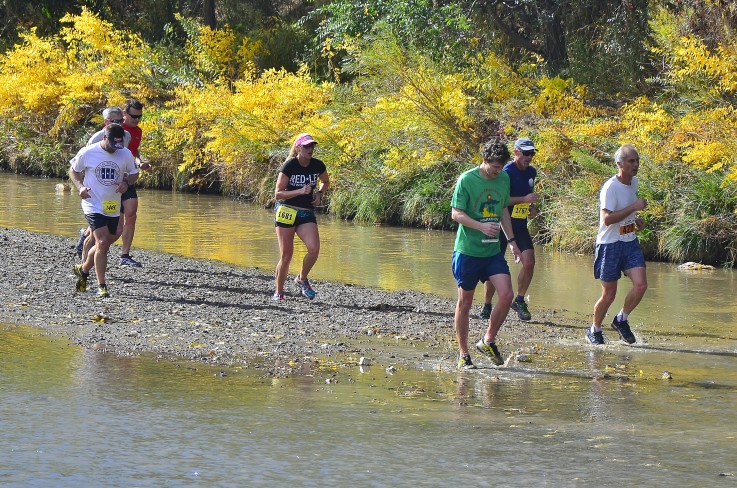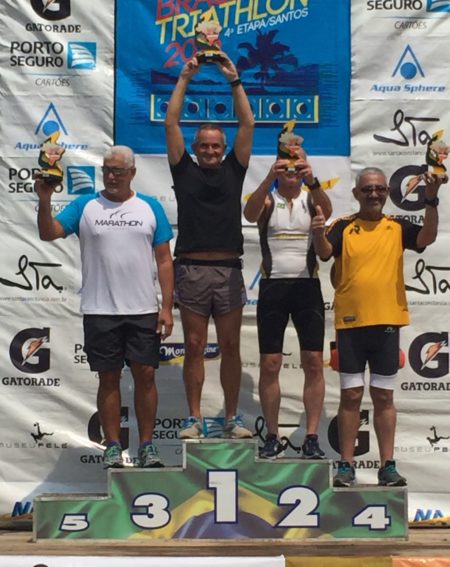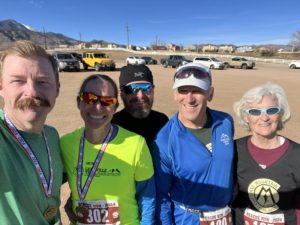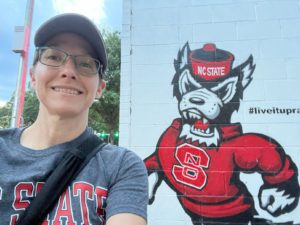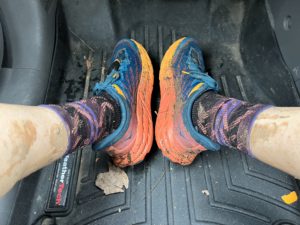When working with a new athlete, both cyclists and triathletes, one of the first things I look at in their data is cycling cadence. Why does that matter?
There are a lot of studies that look at optimal cadence versus cycling efficiency that you can read about, I will summarize it as muscular demand versus aerobic demand. Lower cadences are typically less demanding in terms of oxygen needs, but over time this demand on your muscles will make them fatigue. Lower cadence requires more force at the same power output, and that recruits fast twitch fibers. Unfortunately, fast twitch fibers fatigue a lot sooner than slow twitch.
You might have heard the terms “spinners” and “mashers.” Because most of my athletes are endurance athletes and do events longer than 2 hours, and several on the 12-24+ hour time frame, muscular fatigue is not a good thing. I want them to be spinners.
I aim for my athletes to get comfortable around 90-95rpm. You can try this experiment. If you have a power meter, it’s easiest, or get on a flat road and monitor speed. Pedal at 50rpm at a specific speed or power output for a few minutes. Then keep the same speed or power and pedal at 90rpm. It feels quite different! But if you are going to be pedaling for hours, your legs will feel a lot better keeping at the 90ish rpm range than a slower rpm.
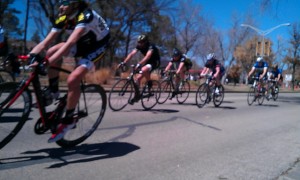
Even for the shorter distance cyclists, such as those doing crits or time trials, being able to maintain a higher cadence will allow you to power out of corners or accelerate into a break much easier. For triathletes, the 90-95rpm cadence is also very similar to optimal foot turnover when running.
I was fortunate to be with Neal Henderson and Evelyn Stevens at the Trial Lakes Time Trial when Neal was reviewing her data. (That’s right, no waiting for that. He had his laptop at the car and looked at it right away.) He did a quick comparison of her power, cadence and heart rate, and was able to compare it to the previous years. While I can’t remember the number exactly, her average cadence was pushing 100rpm. And her comment: “I go faster with a higher cadence.”
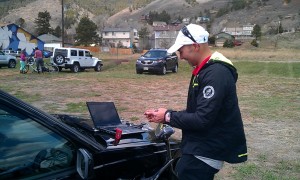
There are some caveats: Always pedaling at a high cadence doesn’t do so well for your muscular endurance. Think about a long hill you might climb where you just don’t have the gears to spin at 90rpm. Perhaps you fall down to 60 or 70rpm. To be a well rounded athlete, we still need to work on having strong legs that don’t fatigue as quickly. So there is definitely a place for big gear, low cadence training.
Higher cadence pedaling is trainable. If you are not a natural spinner, this “spin-up” workout is a good one to help teach your muscles to fire a bit faster.
Start with a warm-up of about 10 minutes. The you will do a progression of cadence increases each minute by 5rpm
So for example:
1min 70rpm
1min 75rpm
1min 80rpm
1min 85rpm
1min 90rpm
1min 95rpm
1min 100rpm
and increase until you can’t hold that cadence without bouncing in the saddle.
Soft pedal for 5-10 minutes at your choice cadence and then repeat the spin-ups. Doing this once a week for a few weeks, you should find that you will be able to naturally maintain a higher cadence.
The gear selection should be a fairly easy gear, but not so low you can’t maintain tension on the pedals at the lower cadences. Shift as needed, but the goal is to work on your muscle recruitment, not on high power output. This workout is best done on a trainer for the controlled environment, but if you have a safe, flat stretch of road you can do it outside.
If you find you are bouncing quite a bit, improving your core strength will also help.
Remember, every athlete is different and the range of efficient pedaling will vary. But if you target the 90-95rpm for the majority of your riding, especially base miles, you’ll do great. Happy spinning!

